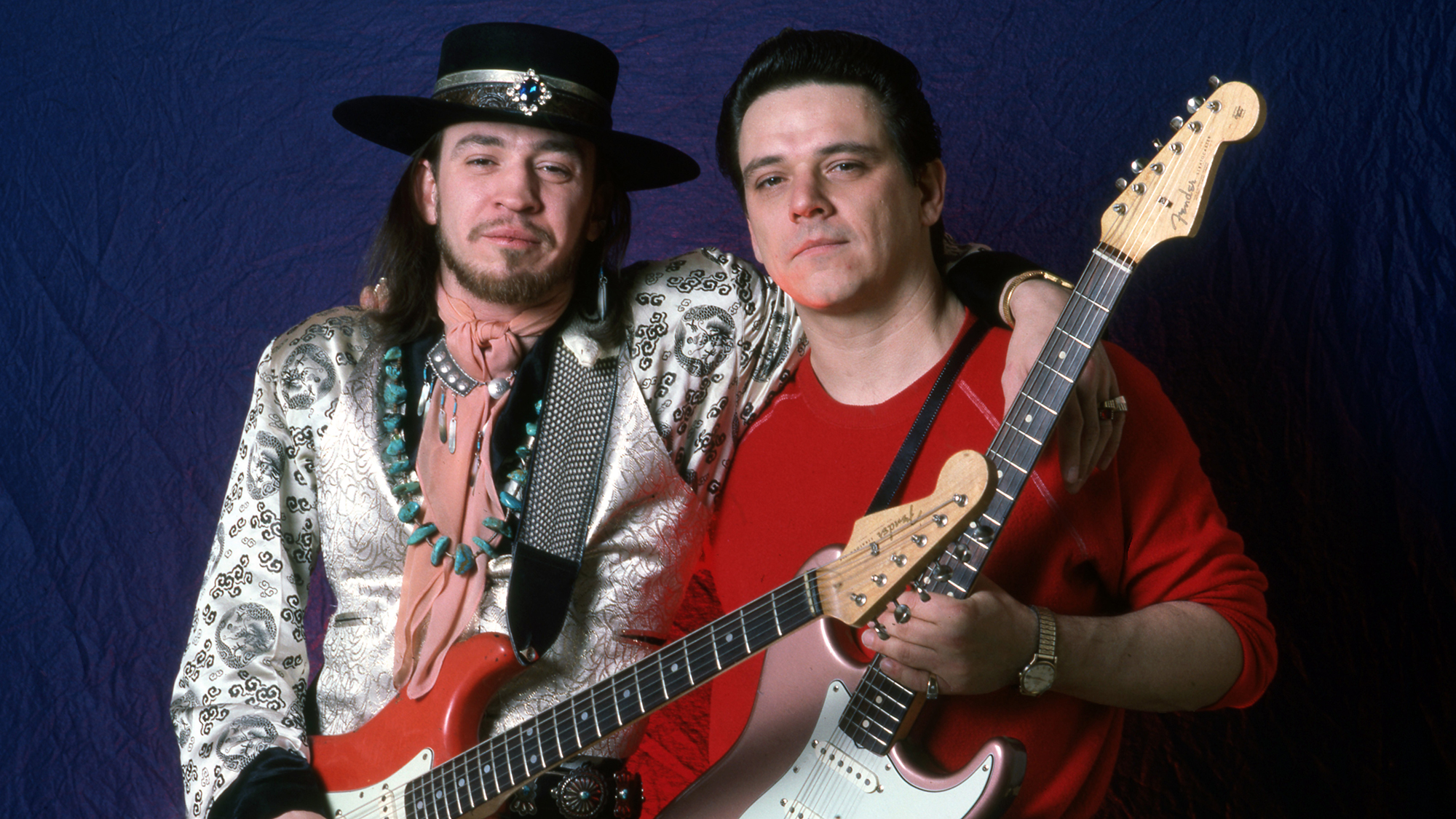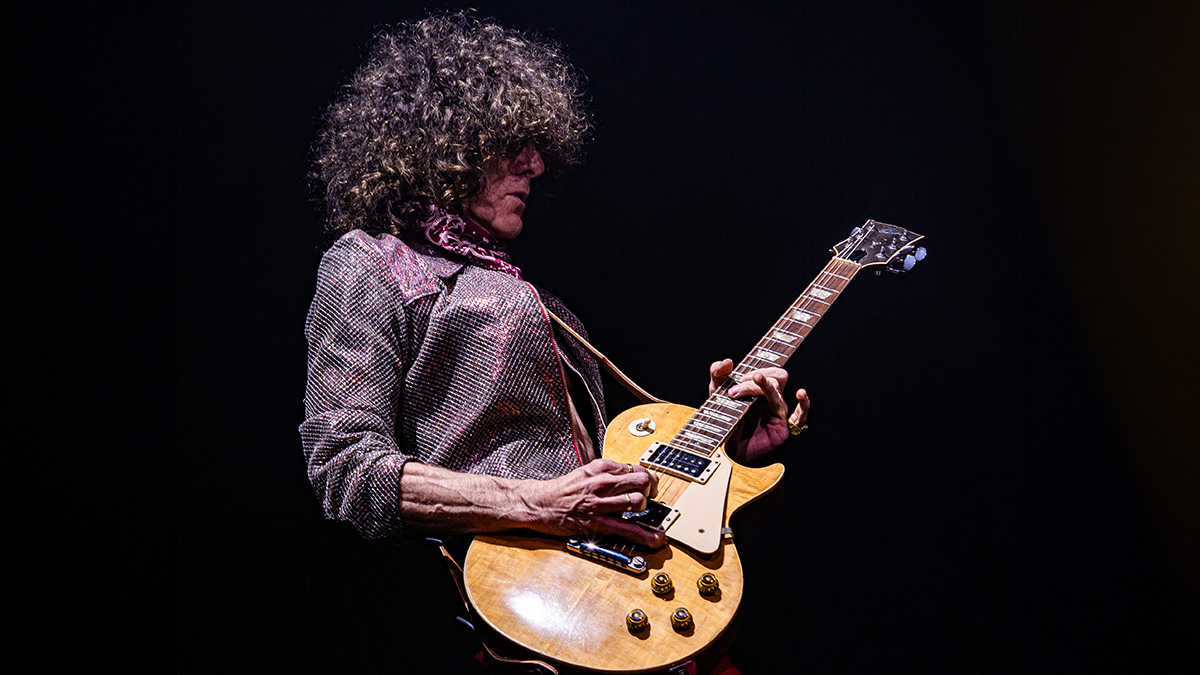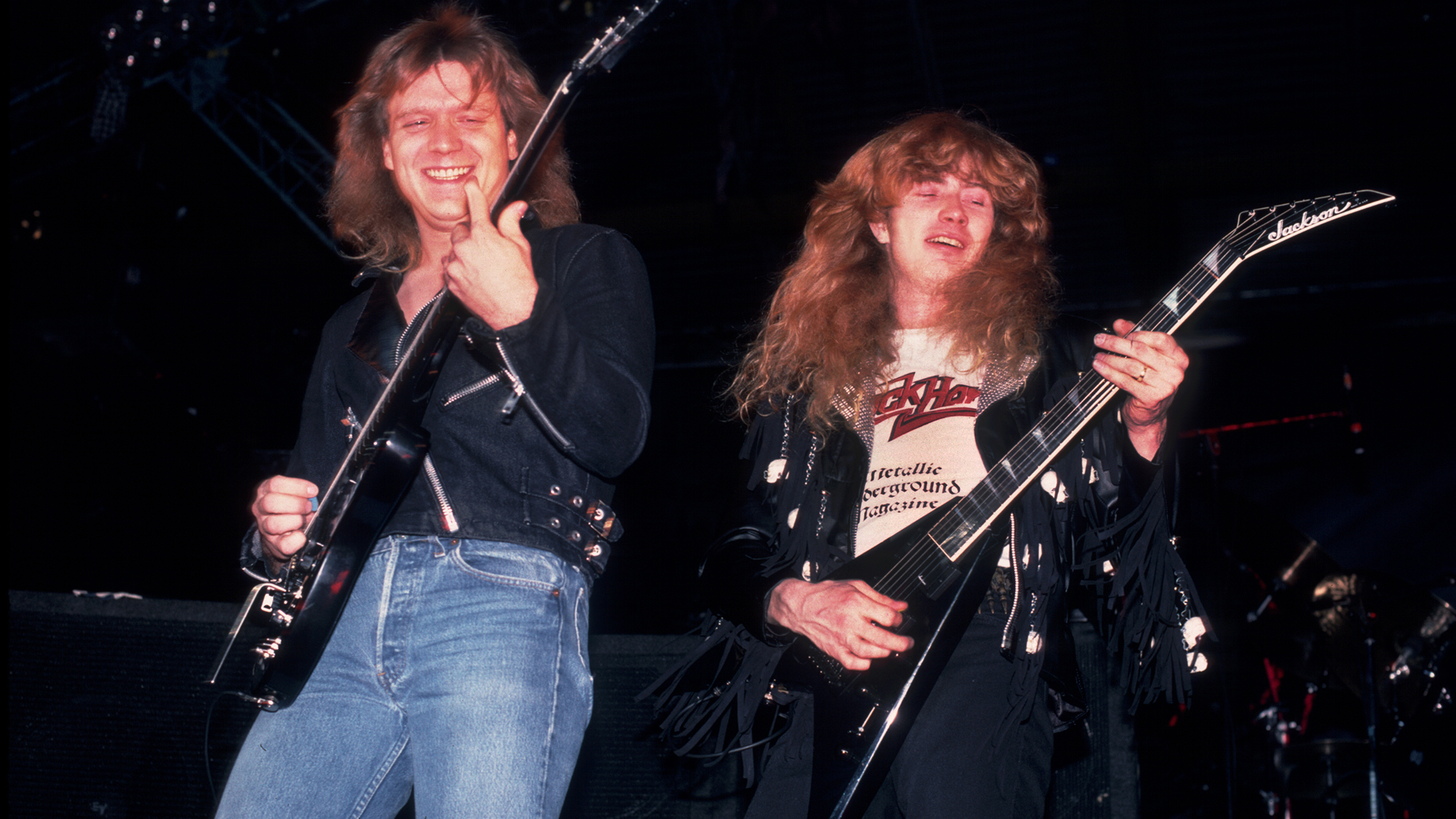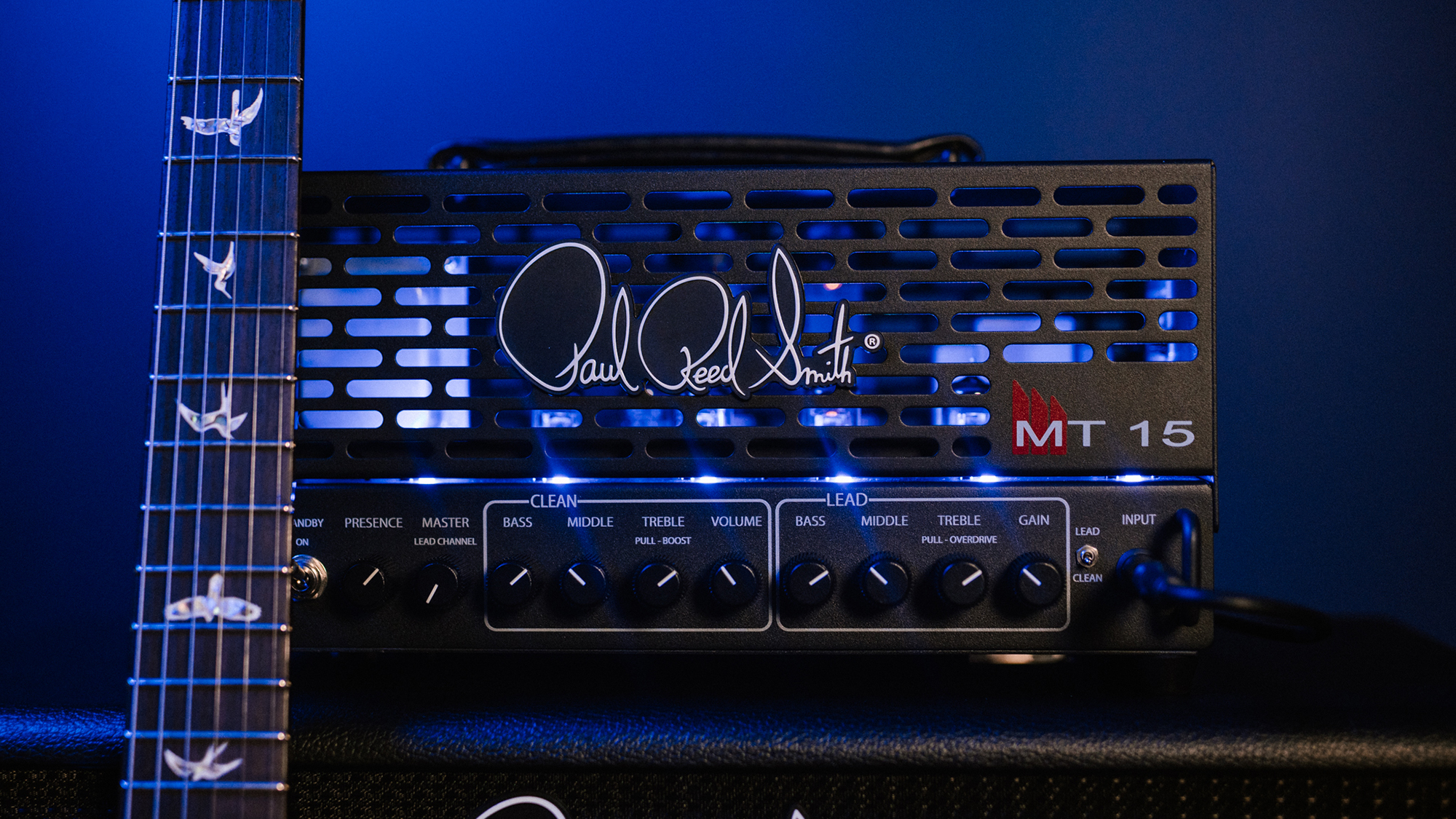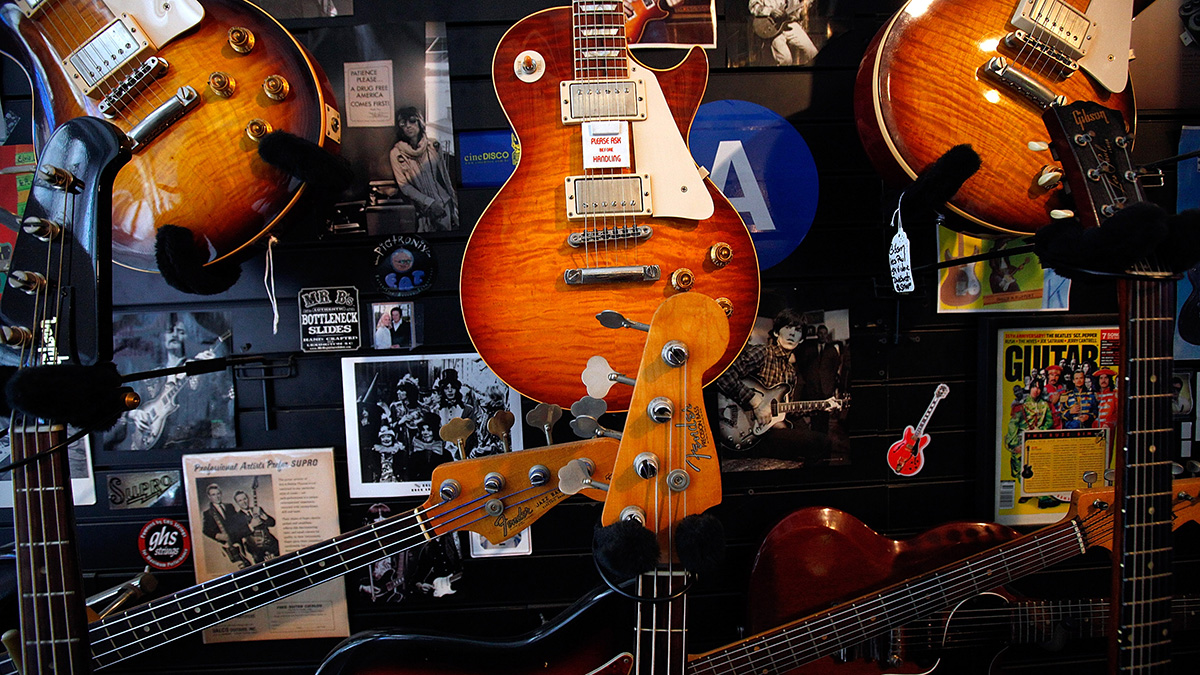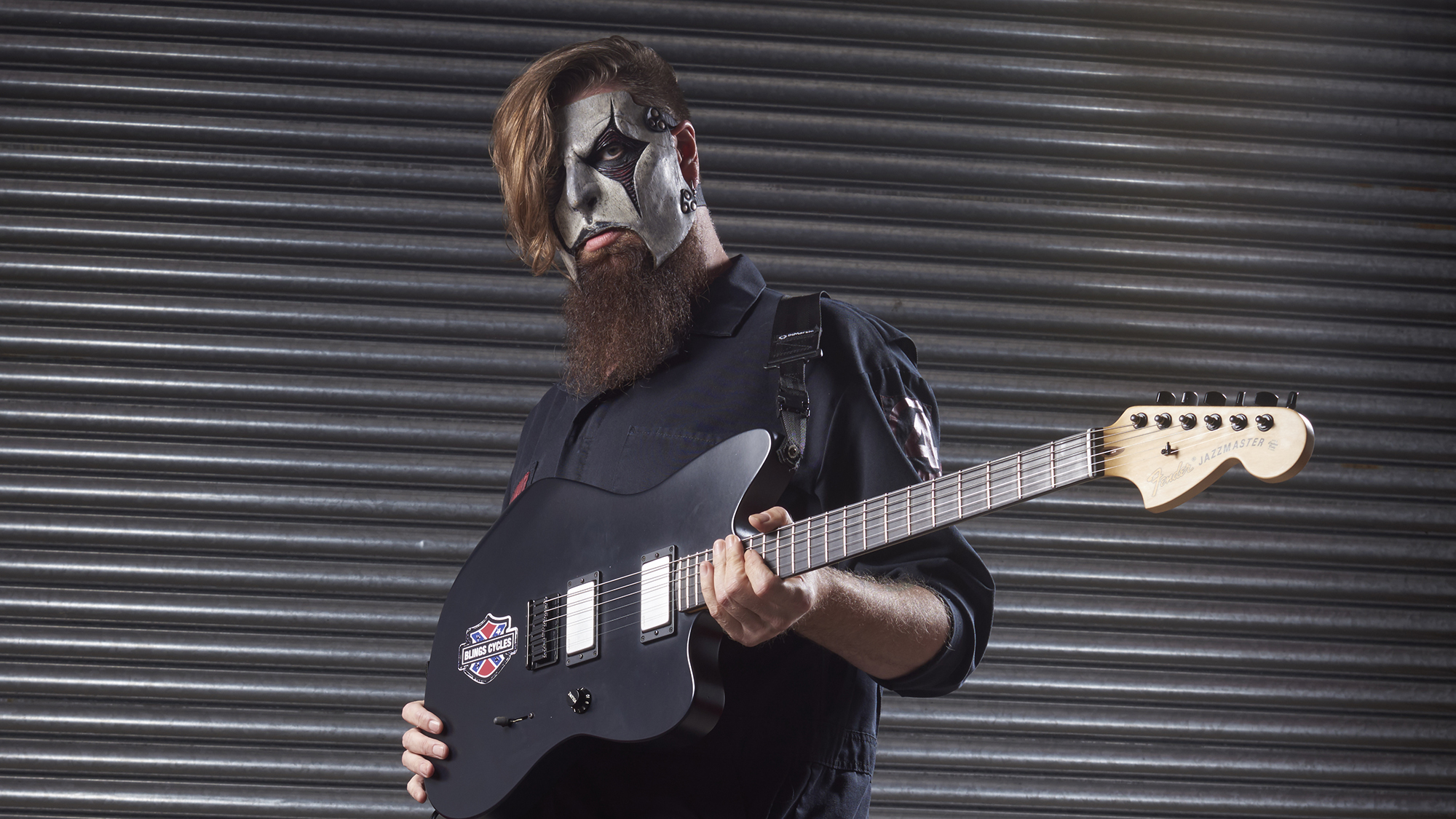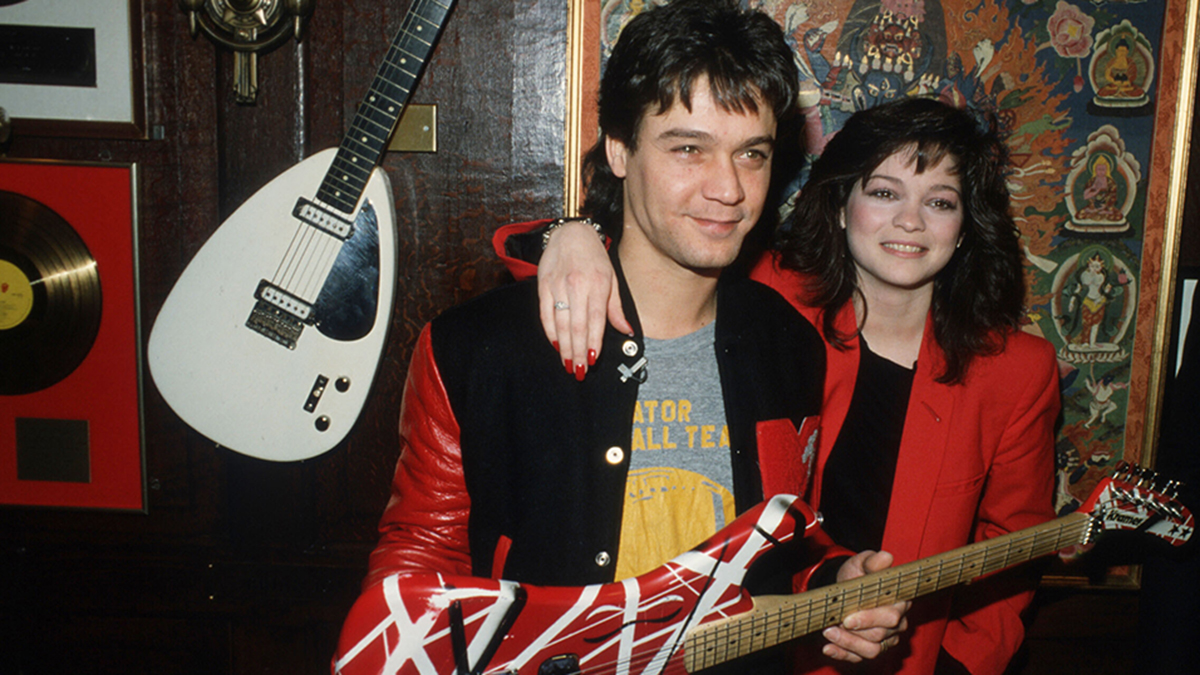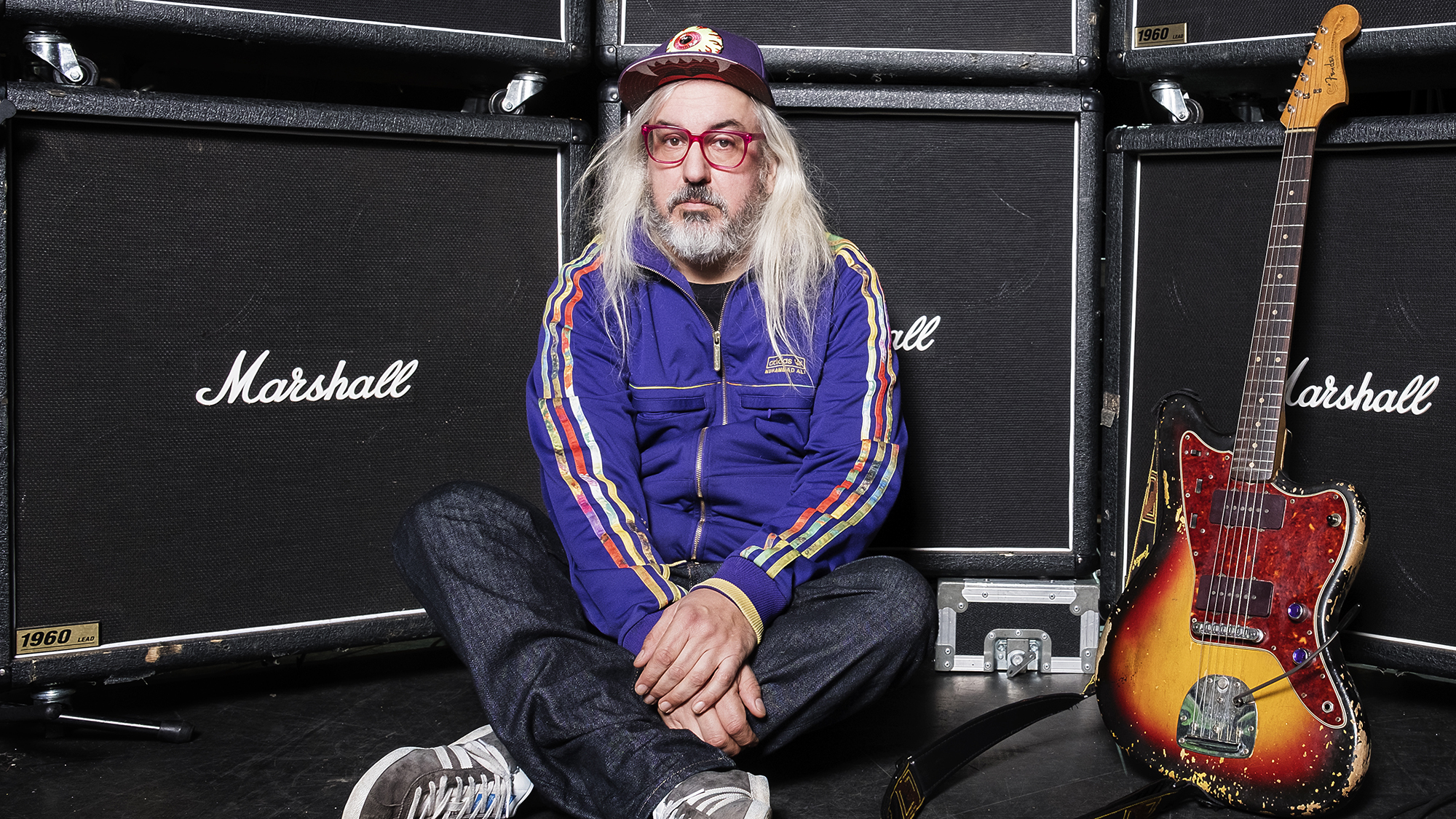John Frusciante’s guitar teacher once told him he wasn’t a good guitarist – so he learned to play like Steve Vai: “No-one was going to say that to me again”
The Red Hot Chili Peppers guitar hero recalls being criticized because he couldn’t play the blues scale fast enough: “It was about the worst feeling I could imagine”
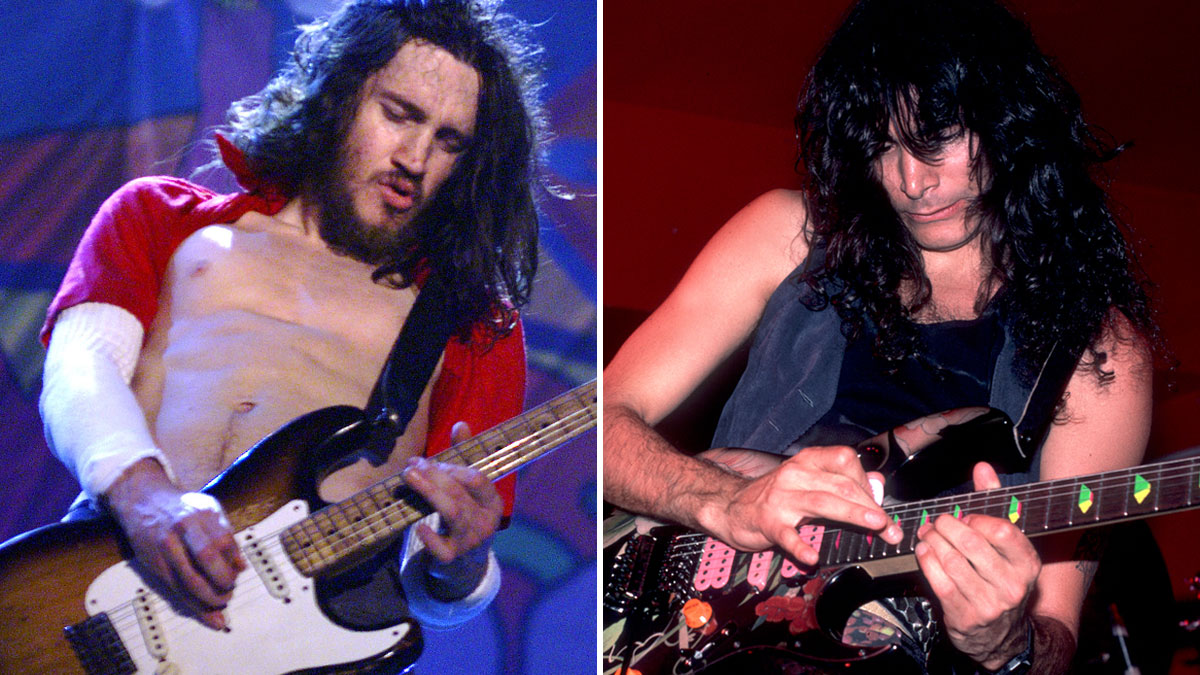
John Frusciante is widely hailed as one of the finest players of his generation, but his path to guitar greatness was far from straightforward.
The Red Hot Chili Peppers stalwart has been candid about his desire to impress early on in his career – best encapsulated in recently unearthed footage of him shredding like a hair-metal guitar hero at the age of 17 – before settling into a more comfortable, band-positive role for RHCP’s 1991 masterpiece, Blood Sugar Sex Magik.
Now, in a new interview for bandmate Flea’s This Little Light podcast, Frusciante has opened up about why he once prioritized melting faces rather than hearts. And it all stems from a negative comment from a former guitar teacher.
At the age of 16, Frusciante had reached a crossroads. He was trying to combine two schools of thought in his playing: the textural guitar style of players like Adrian Belew and Andy Summers, and the flasher, speedier techniques pioneered by Eddie Van Halen and Randy Rhoads. Ultimately, he couldn’t decide what kind of guitar player he wanted to be.
In the search for his identity, he took lessons from a guitar teacher his mom met in a health food store. We say ‘lessons’, but it ended up being a singular encounter, after their first meeting ended in disappointment.
Frusciante began the lesson by showing the tutor a series of recordings he’d made at home on his Fostex X-15 four-track, inspired by Adrian Belew and Robert Fripp. “I was playing in the way that I should have been,” Frusciante recalls. “I was on the right path.” But that was about to change.
“This guy, he said, ‘Let me see you play a blue scale as fast as you can,’” Frusciante tells Flea. “And I played a blue scale as fast as I could, and he's like, ‘That's not fast. You're not a good guitarist.’
Get The Pick Newsletter
All the latest guitar news, interviews, lessons, reviews, deals and more, direct to your inbox!
“He said, ‘You know that noise you're making on your recording is OK, but if you can't play a fast blue scale, you can’t go around telling people you're a good guitarist.”
The effect on Frusciante was devastating. “I never went to this guy again,” he says. “The feeling of being told that I wasn't a good guitar player was about the worst feeling I could imagine, and I was just gonna make sure that no-one was going to say that to me again.”
During the lesson, Froosh’s soon-to-be-ex-teacher cited Tommy Bolin and Steve Vai as examples of ‘good’ guitarists, lending him Vai’s 1984 debut album, Flex-Able. Frusciante never returned the record, and devoured the virtuoso’s playing style – both solo and with Frank Zappa – to make himself bulletproof to criticism.
“It [Vai’s guitar playing] became my benchmark,” Frusciante says. “I’d already started to get into some of Frank Zappa’s music, but I knew that Steve Vai had been in Frank Zappa’s band playing guitar. It was around that time Frank Zappa and Steve Vai just became my favorite thing. I think I’m about 16 by this point. And I just started learning every complicated Frank Zappa piece of instrumental music that he’d written.”
This put Frusciante on what he sees as the wrong path: prioritizing blinding scales over his natural expression as a player.
“I told him [the teacher], ‘I can’t figure out whether to be a textural guitarist or a flashy guitarist,’” Froosch recalls. “He said, ‘Of course flashy guitar player, because flashy guitar players can do whatever they want, but the textural guitar player can’t do what a flashy guitar player does.’ And that was his logic – I suppose on some level I saw the logic of what he was saying, but at the same time, I saw that different people have different things to say.”
With hindsight, the guitarist was able to look back at these events and reflect on how different players have different approaches – and that there is no such thing as a ‘bad’ guitar player, as long as they are being true to themselves.
“I saw somebody ask Steve Vai recently: what did he think of Kurt Cobain’s guitar playing, and it was a great answer. He said, ‘Kurt Cobain knew exactly enough to be able to say what he wanted to say.’” Frusciante continues.
“One person has ‘this’ to say, and another person has ‘that’ to say. For Al Di Meola to say what he had to say, he had to be able to pick every note really fast. But for Robert Johnson to say what he had to say, it had nothing in common with that kind of technique at all.
“I knew that what mattered was that you were feeling something and saying something. And so while I always was interested to hear different people’s perspectives, I did always know that that had to be the center.”
I actually told Steve Vai that story about five years or so ago, and he made me feel so good about it
John Frusciante
While that lesson was the last Frusciante would ever take – and initially dented his creativity, as his woodshedding put a halt to his songwriting efforts – the story ultimately had a happy ending. Not least when he relayed the tale to Vai himself.
“I actually told Steve Vai that story about five years or so ago, and he made me feel so good about it,” he beams. “He told me a story about a music teacher that he had who fucked up his brain for a while. Oh man, I can’t tell you how good it was to have Steve Vai sympathize with my position in that.”
To bring the whole story full circle, Vai himself is a fan of Frusciante’s playing – in particular, his take on Zappa’s material.
Last year, Vai told Guitar World, “John has always been an MVP in any band he performs with. He always writes the perfect part, and his passion for vintage recording gear captures his tone magnificently.
“Perhaps one of my favorite performances by him is an obscure one, Inca Roads by Frank Zappa, performed solo live. Anyone who can play it is a Jedi boss! I never had to play that part when I was with Frank, thank goodness.”
For more wisdom from Frusciante and how he found his voice on guitar, check out his 7 tips that will make you a better guitarist.

Mike is Editor-in-Chief of GuitarWorld.com, in addition to being an offset fiend and recovering pedal addict. He has a master's degree in journalism from Cardiff University, and over a decade's experience writing and editing for guitar publications including MusicRadar, Total Guitar and Guitarist, as well as 20 years of recording and live experience in original and function bands. During his career, he has interviewed the likes of John Frusciante, Chris Cornell, Tom Morello, Matt Bellamy, Kirk Hammett, Jerry Cantrell, Joe Satriani, Tom DeLonge, Ed O'Brien, Polyphia, Tosin Abasi, Yvette Young and many more. In his free time, you'll find him making progressive instrumental rock under the nom de plume Maebe.
“It was tour, tour, tour. I had this moment where I was like, ‘What do I even want out of music?’”: Yvette Young’s fretboard wizardry was a wake-up call for modern guitar playing – but with her latest pivot, she’s making music to help emo kids go to sleep
“There are people who think it makes a big difference to the sound. Stevie always sounded the same whether it was rosewood or maple”: Jimmie Vaughan says your fretboard choice doesn’t matter – and SRV is his proof

